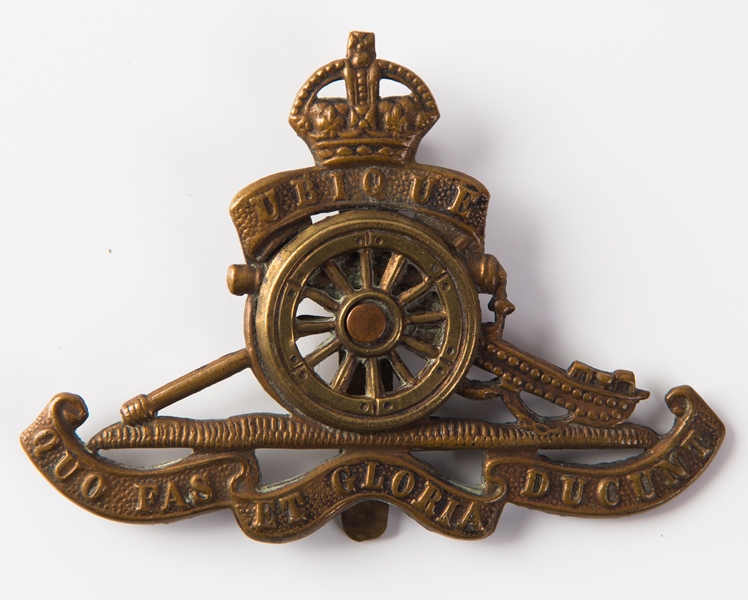Personal Details
Born: 1883 and baptised 23rd May 1883 in Whitchurch, Shropshire.
Family: He was the youngest of ten children born to Harry Bennion, a grocer, and his wife Margaret Ellen (nee Baker). He married Annie Stockton Quarter 3 1918 in Whitchurch, Shropshire.
Residence: On both the 1891 and 1901 Censuses he was living at 6 Claypit Street, Whitchurch, Shropshire. By the time of the 1911 Census for Charles his address was given as Terrick Hall Stables, Whitchurch, Shropshire. In 1939 he was living at The White Cottage, Mile Bank Road, Whitchurch, Shropshire. (There is a difference of two years for his date of birth (1881 and not 1883).
Employment: On both the 1901 and 1911 Censuses Charles was said to have been employed as a domestic groom. In 1939 he was a gardener.
Died: In 1957 in Whitchurch, Shropshire, aged 74.
Military Details
Regiment: Royal Garrison Artillery
Rank: Corporal
Service Number: 107140
Date of Enlistment: Not known
Date of Discharge: Not known
Reason for Discharge: Not known
Other Information: Charles’ brother, George Bennion, also served in WW1.
Charles was awarded the Campaign Medals (British War Medal, and Victory Medal).

The British War Medal (also known as 'Squeak') was a silver or bronze medal awarded to officers and men of the British and Imperial Forces who either entered a theatre of war or entered service overseas between 5th August 1914 and 11th November 1918 inclusive. This was later extended to services in Russia, Siberia and some other areas in 1919 and 1920. Approximately 6.5 million British War Medals were issued. Approximately 6.4 million of these were the silver versions of this medal. Around 110,000 of a bronze version were issued mainly to Chinese, Maltese and Indian Labour Corps. The front (obv or obverse) of the medal depicts the head of George V. The recipient's service number, rank, name and unit was impressed on the rim.
The Allied Victory Medal (also known as 'Wilfred') was issued by each of the allies. It was decided that each of the allies should each issue their own bronze victory medal with a similar design, similar equivalent wording and identical ribbon. The British medal was designed by W. McMillan. The front depicts a winged classical figure representing victory. Approximately 5.7 million victory medals were issued. Interestingly, eligibility for this medal was more restrictive and not everyone who received the British War Medal ('Squeak') also received the Victory Medal ('Wilfred'). However, in general, all recipients of 'Wilfred' also received 'Squeak' and all recipients of The 1914 Star or The 1914/1915 Star (also known as 'Pip') also received both 'Squeak' and 'Wilfred'. The recipient's service number, rank, name and unit was impressed on the rim.

